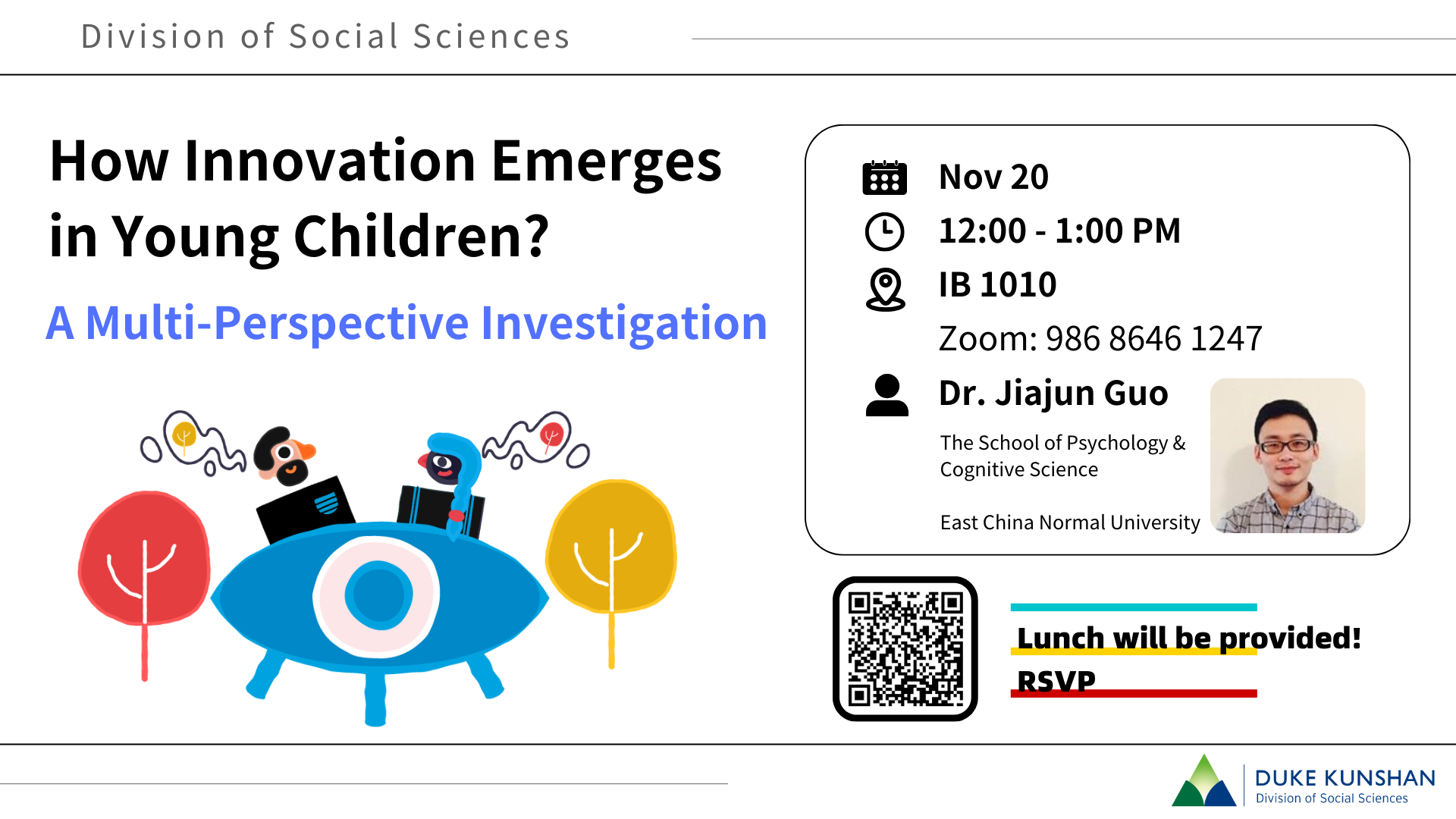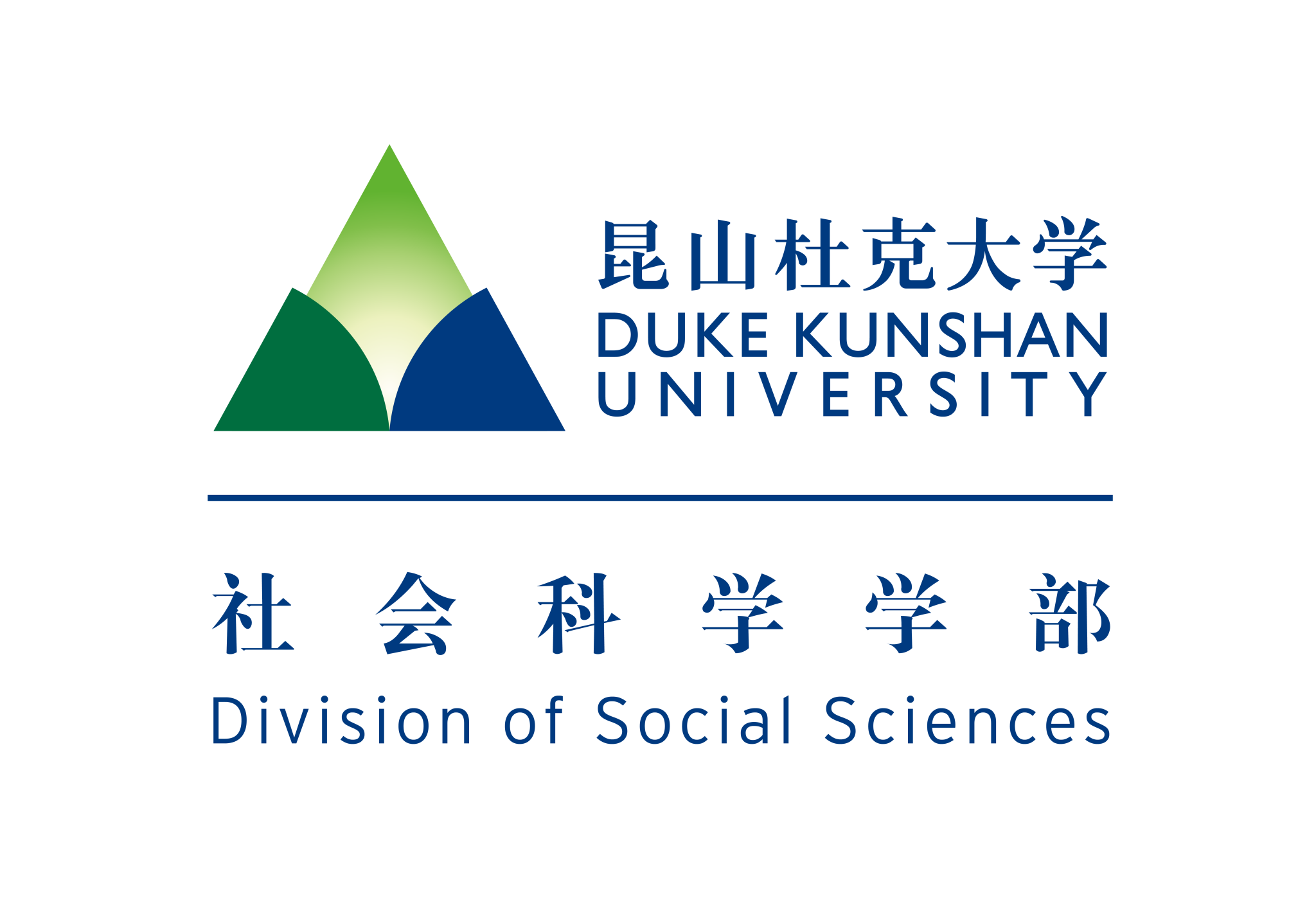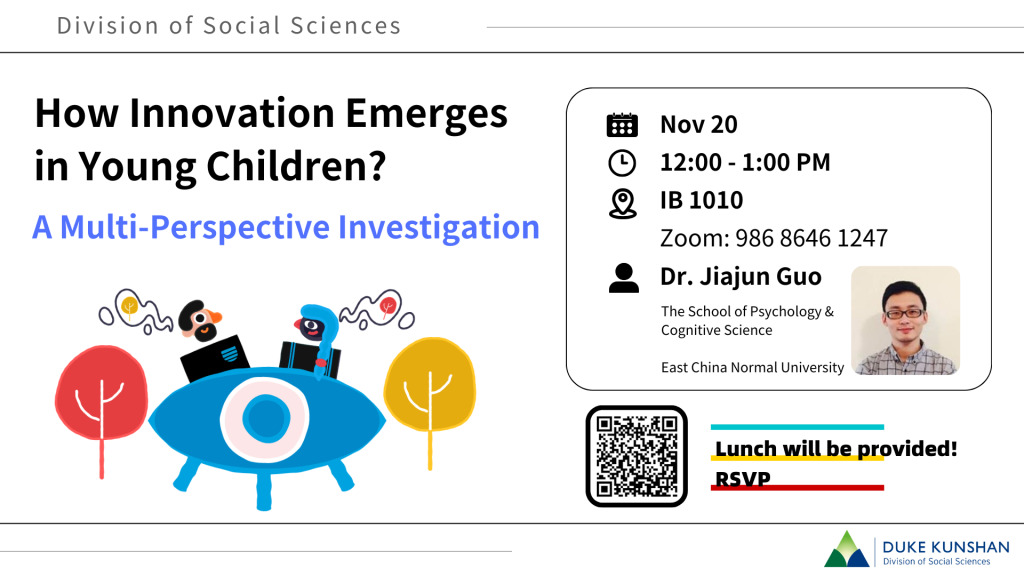
A Multi-Perspective Investigation: How Innovation Emerges in Young Children?
Abstract
Young children are clever but often find it hard to come up with new ways to solve problems, sometimes even more so than animals like monkeys or birds. This study looks at how children between ages 3 and 6 develop these problem-solving skills and what factors might help or hold them back. We worked with children from three kindergartens in China, observing how they tackled nine different problem-solving tasks. To understand what might affect their performance, we looked at skills like flexible thinking (adapting to new ideas), short-term memory, cognitive control, creativity, and general intelligence. Our findings show that children who were better at staying flexible and not “getting stuck” were more likely to succeed in the tasks. The design of the tasks themselves also mattered: more difficult tasks, like creating a hook or removing parts of a tool, led to both more flexible behaviors and more times when children got stuck. Creativity, particularly coming up with different ideas, turned out to be a strong predictor of success. However, other cognitive skills like executive function didn’t seem to affect success as much once we considered age and general intelligence. This study emphasizes that encouraging children to explore and experiment might help them develop creative problem-solving skills. Future research should continue exploring how task design, individual characteristics, and context together influence young children’s ability to create and innovate.
Speaker Bio
Dr. Jiajun Guo is a lecturer at the School of Psychology and Cognitive Science, East China Normal University, specializing in creativity research. His work explores the development of creativity from early childhood through school years, examining the diverse influences of educational and cultural contexts across countries. Additionally, Dr. Guo investigates the cognitive mechanisms underlying creativity evaluation. Dr. Guo’s current research takes three main directions. First, he studies the factors that shape children’s approaches to solving innovative problems. Second, he examines how artificial intelligence can enhance creative thinking. Third, he explores the emergence of creativity in non-human primates, such as monkeys, to understand creativity beyond human cognition. These paths converge on a central question: What is the essence of creativity for humanity, and how does it manifest across various intelligent agents? Dr. Guo has published in Thinking Skills and Creativity, Creativity Research Journal, Journal of Creative Behavior, Personality and Individual Differences, and other reputable journals. His upcoming book, Deciphering Creativity (in Chinese), is set to be published by year’s end.
To register for this event email your details to shuqian.xu@dukekunshan.edu.cn
Date And Time
2024-11-20 @ 01:00 PM




